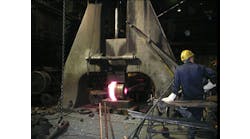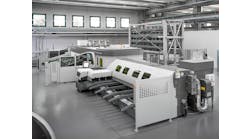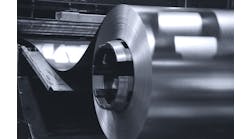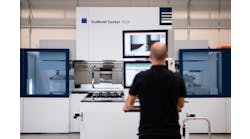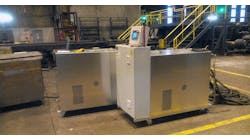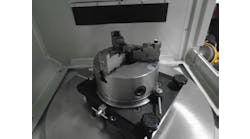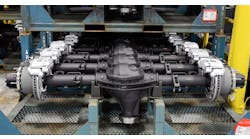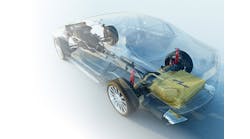Forging magnesium is not all that difficult in respect to forging pressures. They are similar to those used for forging aluminum alloys, like 7050 or 2014.
Problems to avoid involve cracking, which can result from coarse grain sizes, from rapid forging, and from rapid metal flow at the flash lands (especially if forged in fast equipment, like a screw press.)
I recommend you use hydraulic presses or crank presses (which slow down to a stop at the end of stroke.) Watch out for the rapid metal flow at the flash land. It can lead to slivers developing if the process is too rapid.
Attention to the grain size in the starting billet is very important. In fact, the grain size after heating for forging is even more important. For example, with one supplier I had a small project to find the sources of some cracking problems in extruded and straightened bars. The forgeability problems stemmed from the spiral straightening process, which left cold work on the surfaces of the bar. This, in turn, lead to some horrible grain growth that caused serious cracking during upsetting. The condition was fixed by changing practices in both short-range and long-range modes.
For more than 40 years H. James Henning held key technical positions in the forging industry, including as director of technology for the Forging Industry Association, and as president of Henning Education Services, a Columbus, OH, firm specializing in customized education and training in forging technologies.
Guidelines and recommendations offered in this column are based on information believed to be reliable and are supplied in good faith but without guarantee. Operational conditions that exist in individual plants and facilities vary widely. Users of this information should adapt it, and always exercise independent discretion in establishing plant or facility operating practice.

